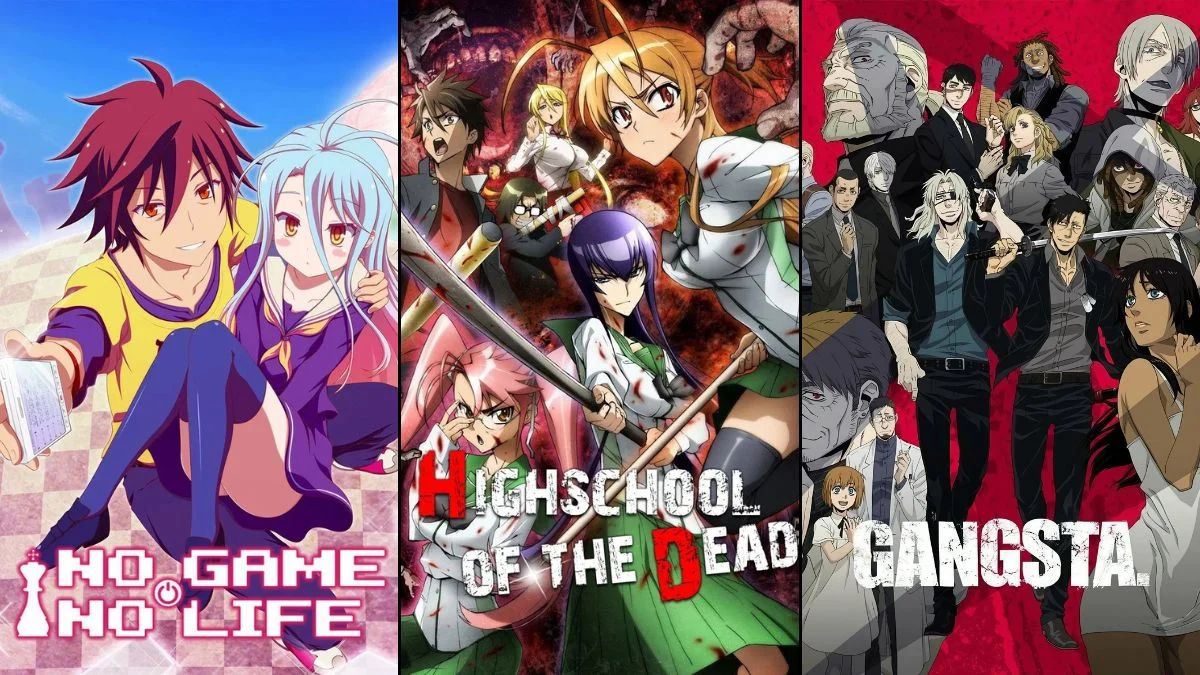
Anime series often have clear endings, but some stop before they’ve fully adapted their source material or explored all possible storylines. The original manga or novels might keep going for years after the anime ends. Unfortunately, things like changes in production studios, tight schedules, or money problems can sometimes prevent a continuation from ever happening.
This list highlights anime series that ended without resolving all their storylines, or before fully adapting the original source material. For each series, we provide information such as the number of episodes, the status of the original work, and a summary of where the anime stopped, so you can understand how much of the story was covered.
‘No Game No Life’ (2014)
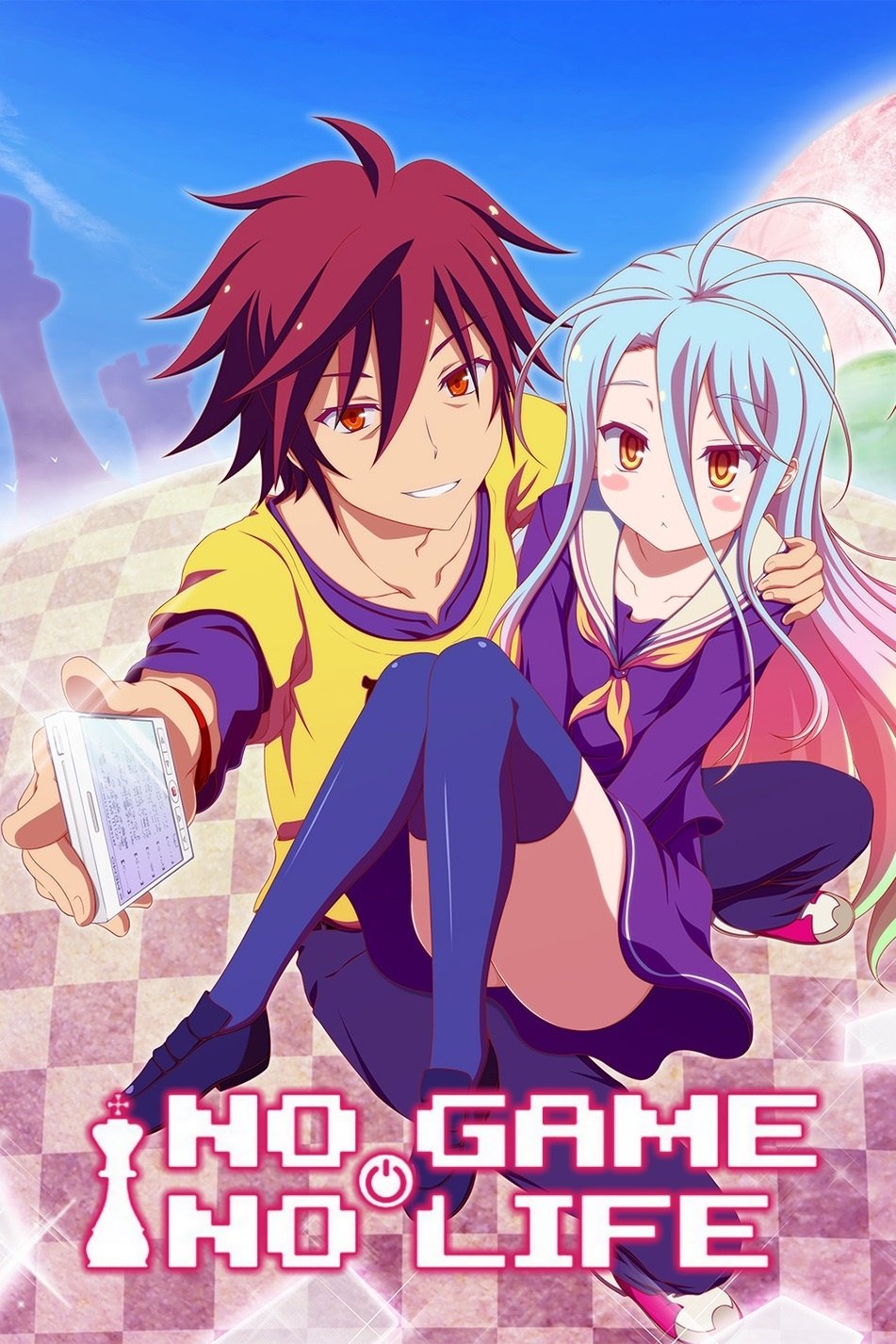
This 12-episode series is based on the first few books of Yuu Kamiya’s light novels. It focuses on the main tournament that takes place in Disboard, but doesn’t cover the later storylines from the books. While a movie adapts the sixth book, the TV series itself didn’t get a second season.
This light novel series picks up where the anime left off, continuing the story of the siblings as they fight against other races and navigate an increasingly complex political landscape. Fans who want to experience the complete story can follow the novels and manga spin-off to see how the full arc concludes.
‘GANGSTA.’ (2015)
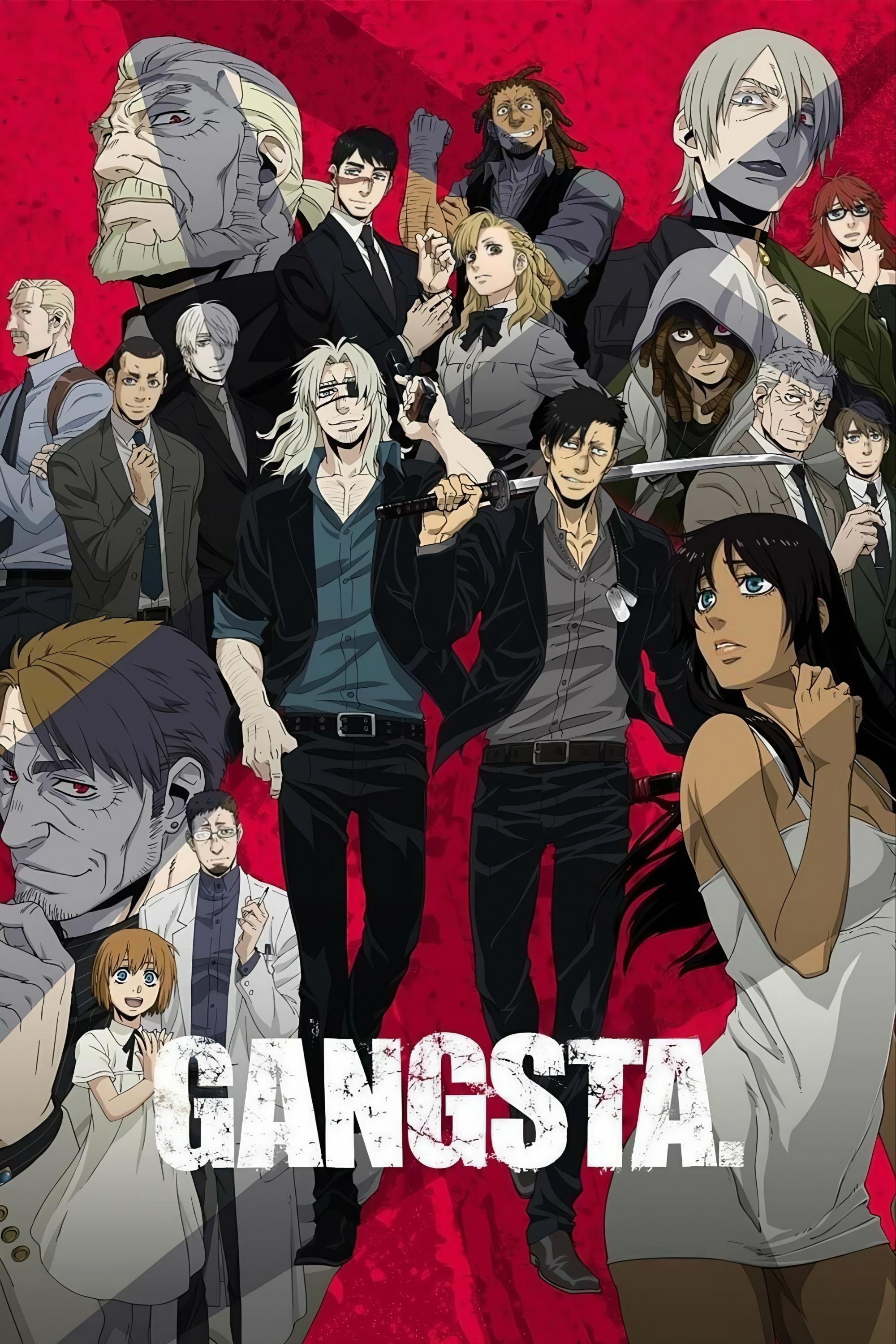
This 12-episode crime drama is based on a manga by Kohske, but only covers part of the story. It explores the initial conflicts within the city of Ergastulum and reveals the ‘Twilights’ system, leaving the central power struggle unresolved.
The manga had to pause production several times because the author wasn’t feeling well, and the anime studio also struggled with money problems, making it difficult to keep the series going. The published book volumes contain a lot more content than what was shown in the anime, like detailed character histories and events that happen later in the story.
‘Nana’ (2006–2007)
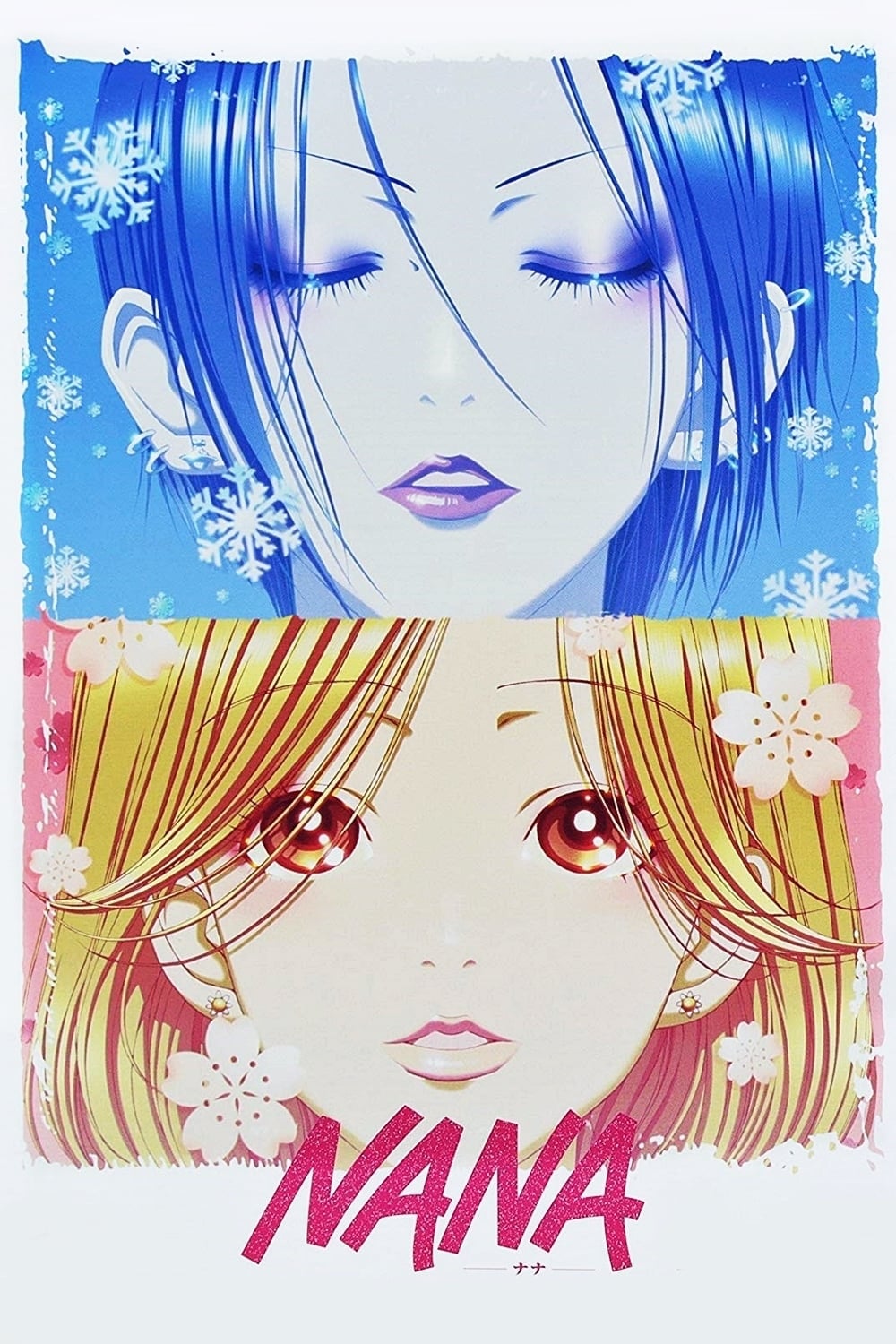
As a big fan of the original manga, I was excited for this 47-episode series! It really captures the beginning of the story, showing how our main characters navigate their early music careers and personal lives. Honestly, it’s a little frustrating though – the show wraps things up before getting into some of the later, more complex stuff with the bands and their relationships. It feels incomplete, like we’re missing a chapter, because it doesn’t cover everything that happens in the source material.
The manga stopped being published for a long period, and the story remains incomplete in print. However, the currently available volumes actually go further than the anime, showing what happened with the characters and the music industry as things changed.
‘Highschool of the Dead’ (2010)
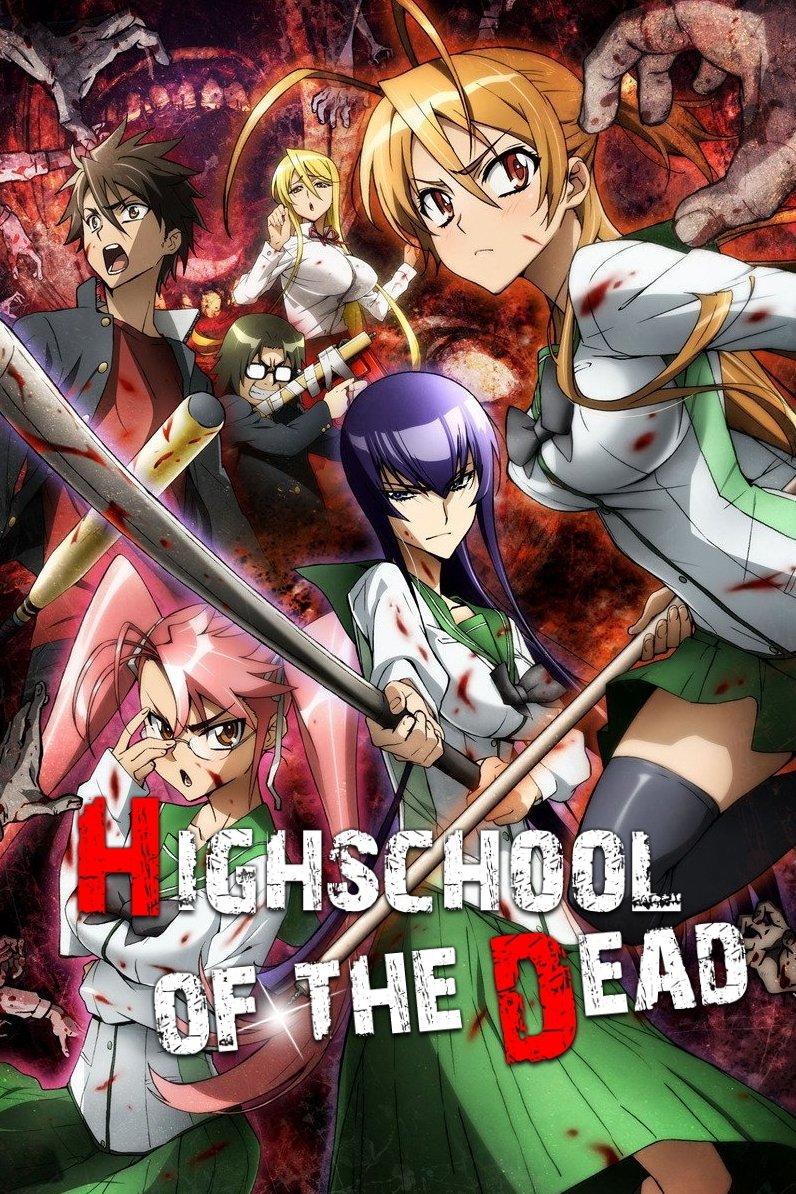
This anime series has 12 episodes plus one additional special, and it adapts the beginning of the manga. It shows the start of the outbreak, how the characters try to escape, and their struggles to survive in the school and city, but it doesn’t cover the later parts of the story.
Because the original manga isn’t finished, the anime adaptation also had to end before the story was complete. However, the published manga chapters reveal details about places, groups of survivors, and gear and strategies that weren’t included in the televised series.
‘Deadman Wonderland’ (2011)
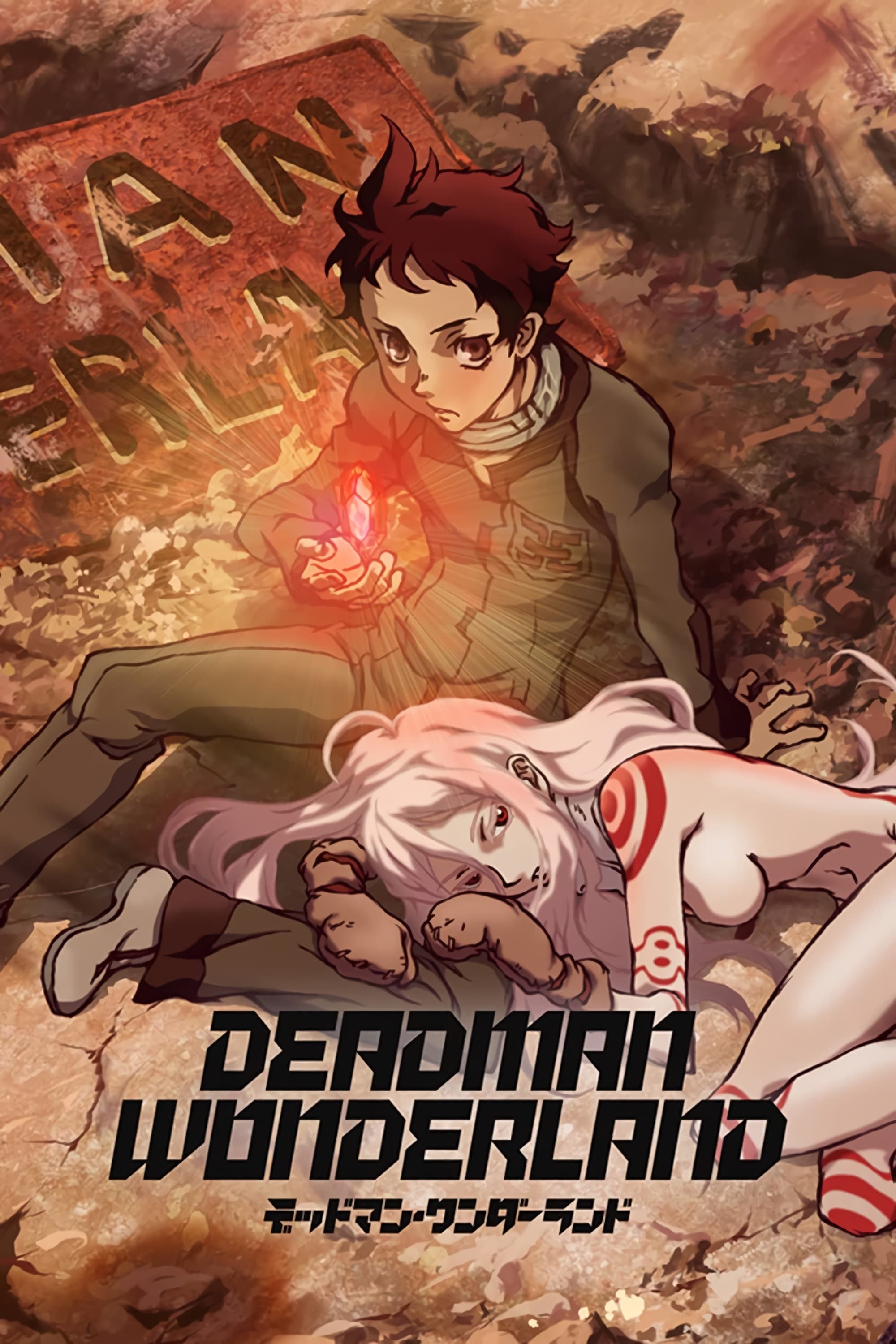
This 12-episode anime series covers only a portion of the original manga by Jinsei Kataoka and Kazuma Kondou. It establishes the unique prison theme park, the special powers called Branches of Sin, and showcases several fights between characters known as Deadmen, but the main storyline remains unfinished.
The manga expands significantly beyond what’s shown in the anime, introducing new characters, revealing more about the experiments, and ultimately providing a complete ending. Fans can continue the story right after the anime finishes, experiencing the rest of the Carnival Corpse arc and seeing how the world reacts to everything that happens.
‘Baccano!’ (2007)
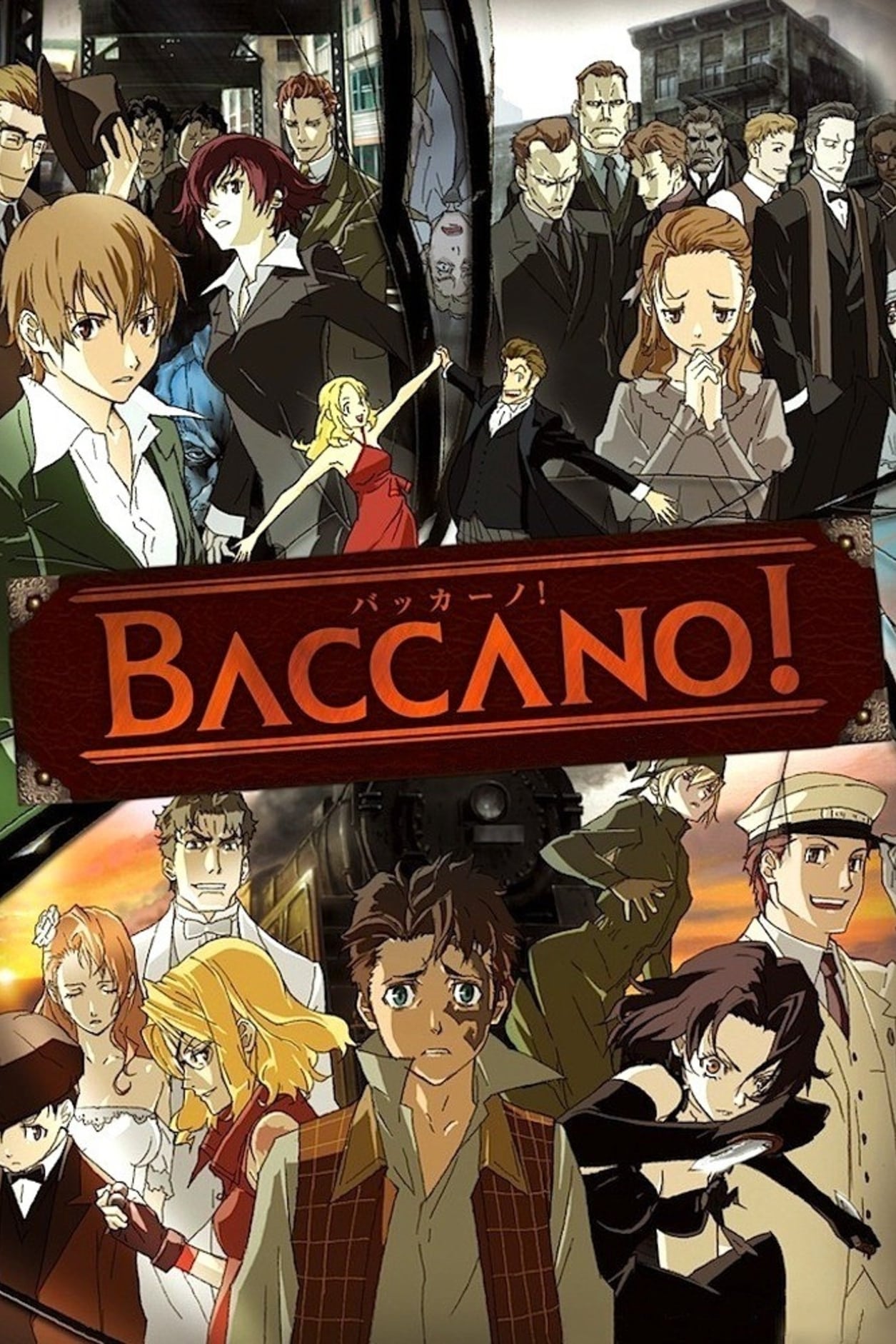
The anime series consists of 13 regular episodes and 3 additional ones, and it’s based on several books by Ryohgo Narita. The story jumps between different time periods, primarily on a long-distance train and in cities during the Prohibition era. However, it doesn’t cover all of the storylines from the original novels.
As a huge fan, I’ve been following the novels, and they really expand on the world beyond what the anime showed us. They jump into different time periods and introduce a ton of new criminal groups. What’s *amazing* is that the official books cover storylines we never saw animated – things like what happens *after* the immortals face consequences, and how alliances change between different cities across America. It’s like getting a whole extra layer of the story!
‘Dorohedoro’ (2020)
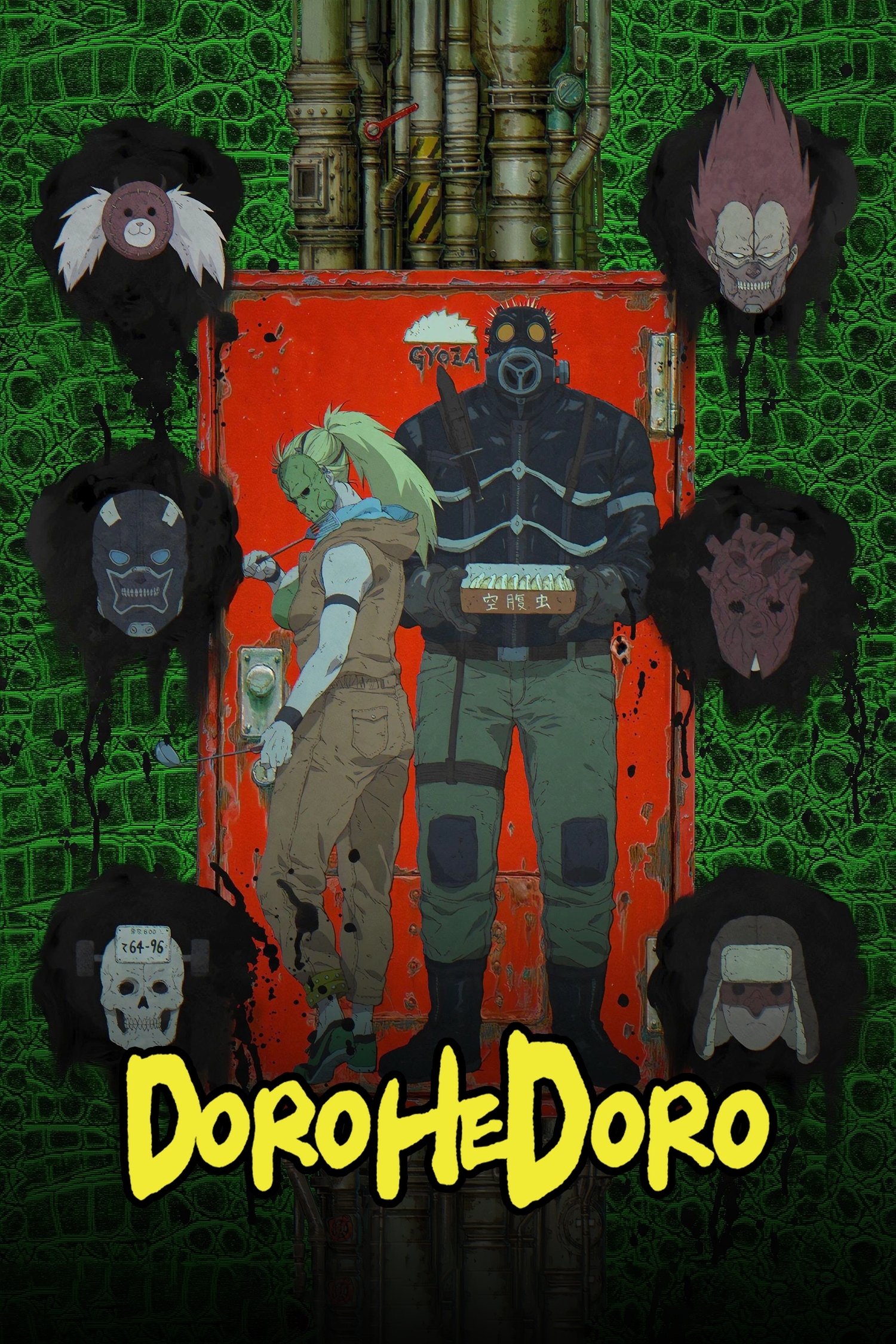
Okay, so the first season of this show clocks in at twelve episodes, with a little bonus of six short extras. It covers the beginning of Q Hayashida’s manga, introducing us to this strange world, the sorcerers who inhabit it, and Caiman’s compelling quest to figure out who he *really* is. But be warned – it doesn’t go all the way through the story; it stops right before things *really* get going with the later arcs of the manga. It feels like we’re just getting started when it ends!
The manga series is much longer than the anime, stretching across many volumes and finally answering key questions about how people transform, the world’s past, and the power structure. Fans can continue the story beyond where the anime ends, witnessing intense fights with the strongest sorcerers and learning the complete story behind the central curse.
‘Yuri!!! on Ice’ (2016)
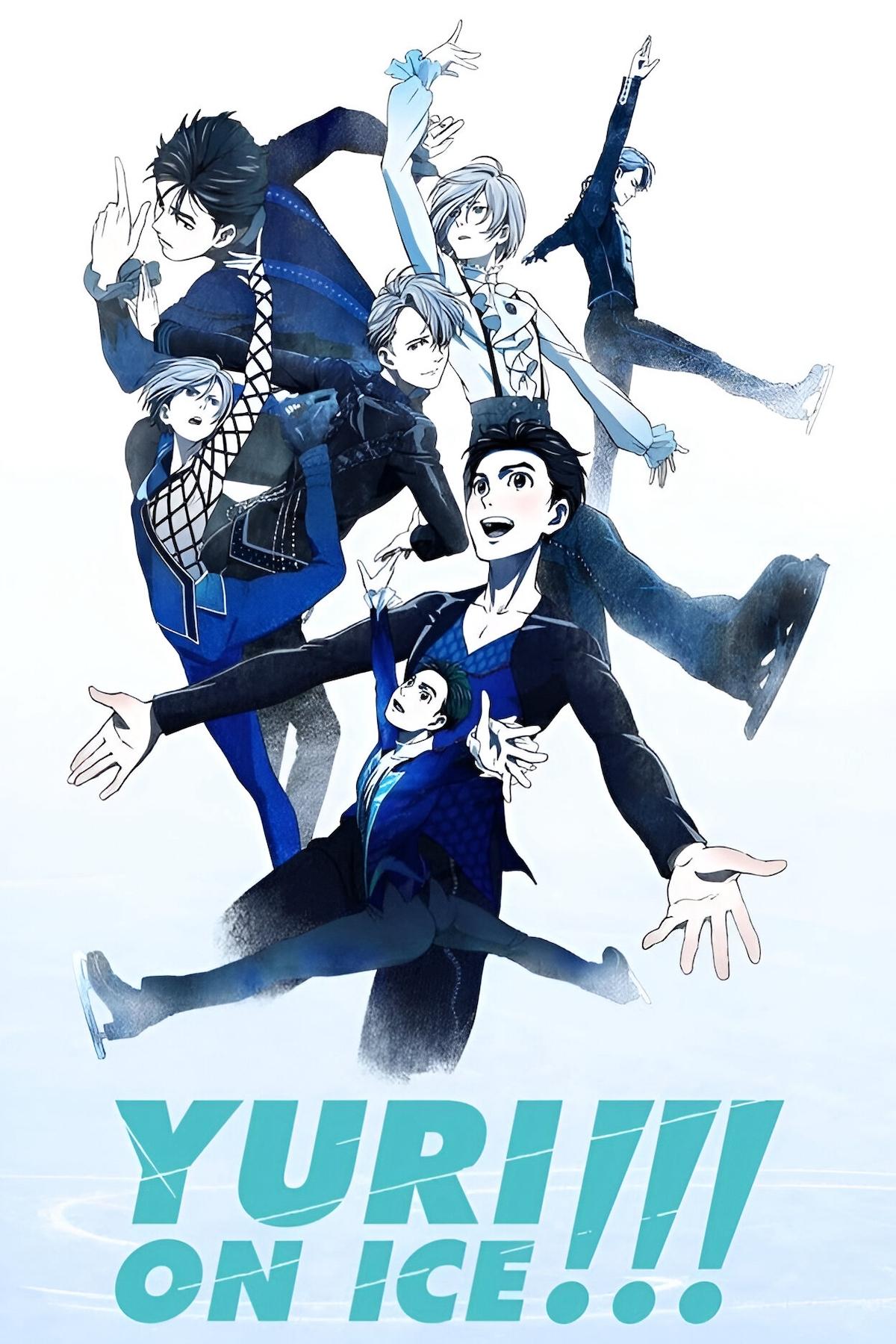
This show consists of 12 episodes that follow the Grand Prix season and the creation of the skaters’ routines. While a movie was planned and revised, the series didn’t continue with additional seasons after the initial competition storyline.
Details about the show’s music, choreography, and skating terms are readily available, along with extra content like performance footage and behind-the-scenes looks. Fans who follow official news can also see how actual skating competitions and partnerships have shaped plans for future shows.
‘Claymore’ (2007)
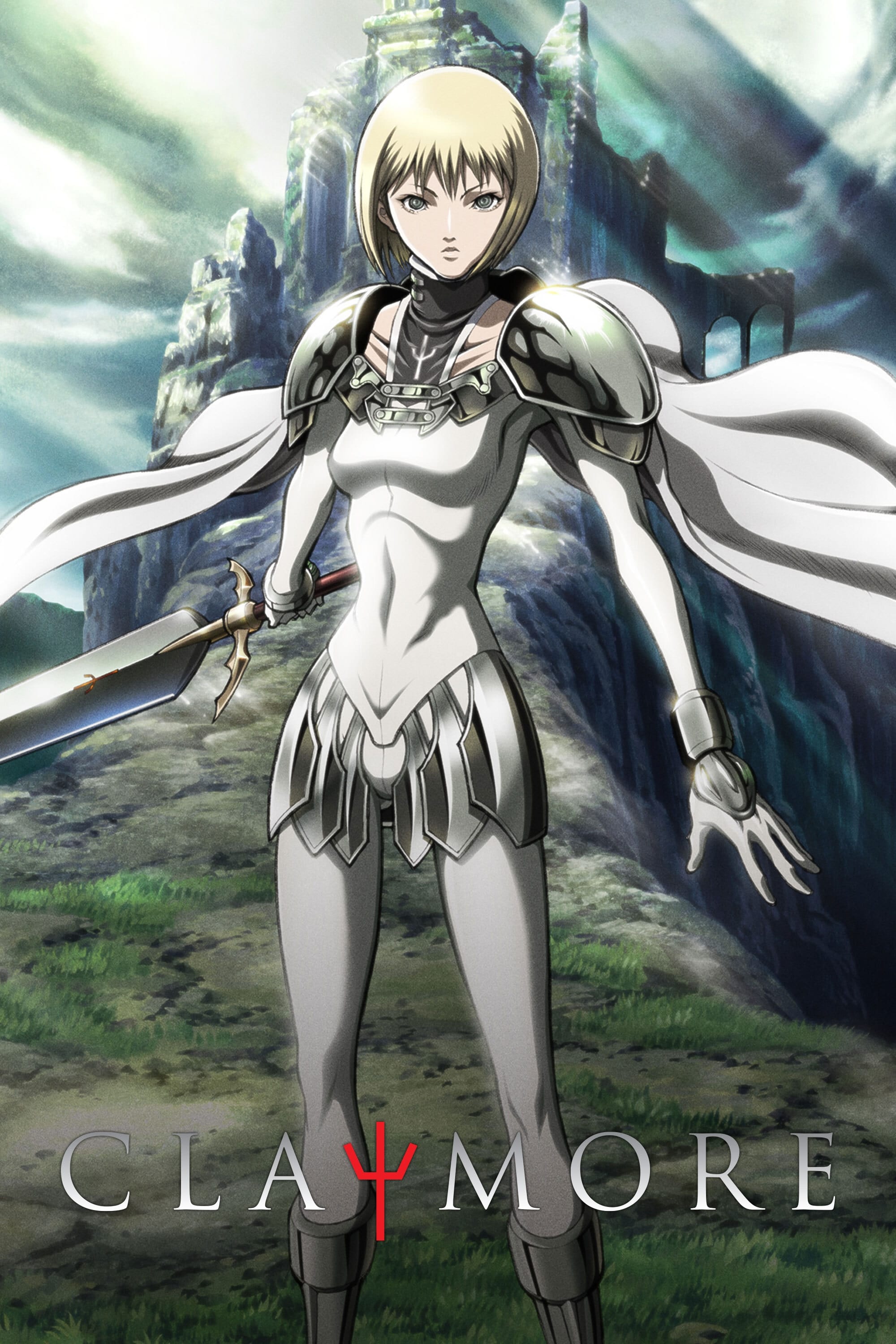
As a big fan, I’ve been following this anime closely, and it’s fascinating how it handles the source material. The first 26 episodes pretty much cover the early parts of the manga, but then the story takes off in a completely new direction with an original ending. They introduce some interesting new elements – this group called the Organization, these powerful Awakened Beings, and a big conflict in the North – but it doesn’t go into the later, more surprising stuff that happens in the manga. It’s a different take, for sure!
The story expands with new areas to explore, hidden details about the organization, and a satisfying resolution. Supplemental books delve into what happened after the main events, and introduce extra ranks and skills that weren’t shown in the original series.
‘Soul Eater’ (2008–2009)
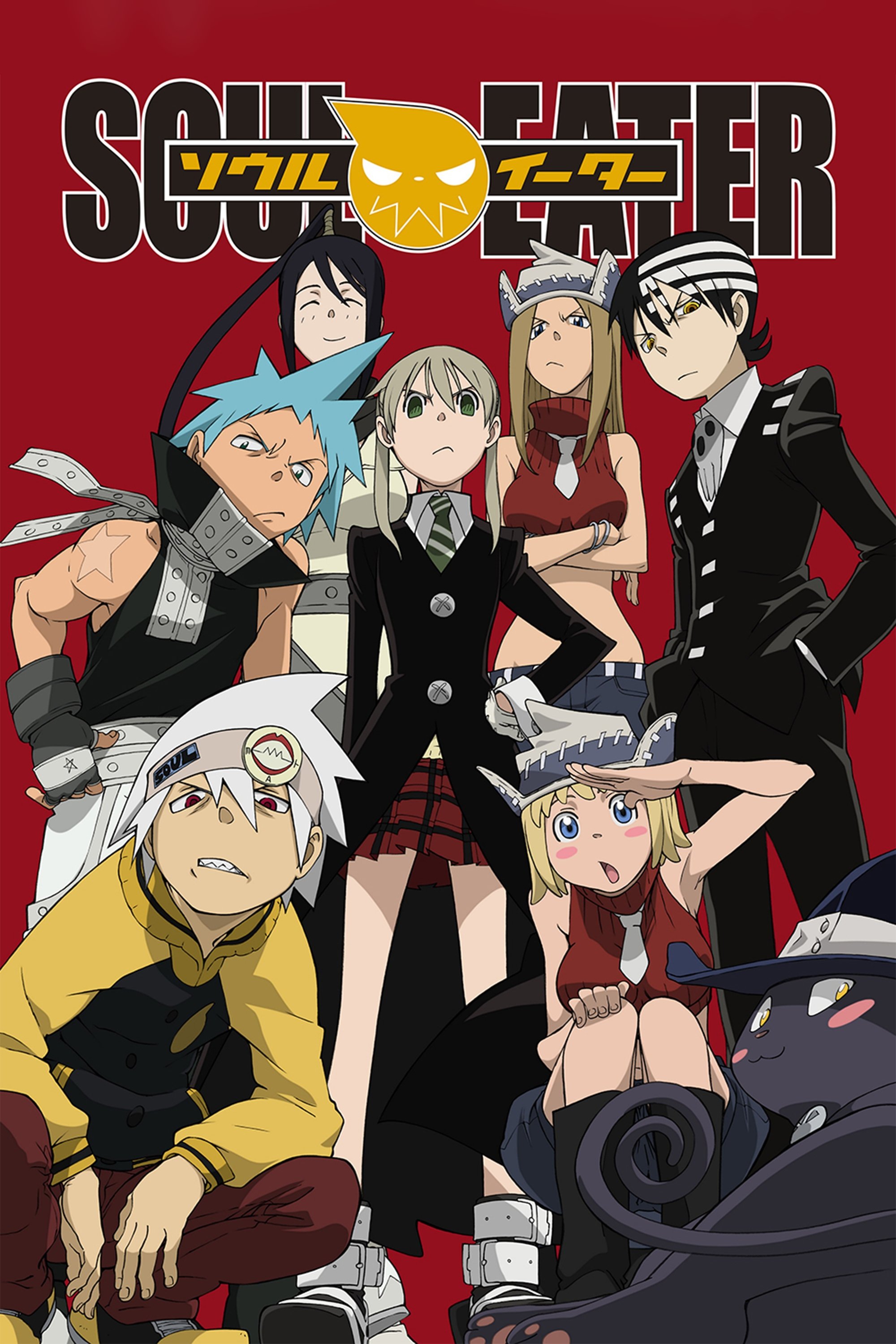
This 51-episode anime series covers a large part of the original manga by Atsushi Ohkubo, but the ending tells a unique story not found in the source material. It introduces the world of Death City, the partnerships between meisters and weapons, and the main villains, before finishing with an original conclusion that diverges from the manga’s later events.
The manga expands on the story beyond the anime’s conclusion, featuring more intense fights, school-related conflicts, and character development. Details about special abilities and character strengths, which are revealed later in the published books, are also showcased in official art books and guides.
‘Hellsing’ (2001–2002)
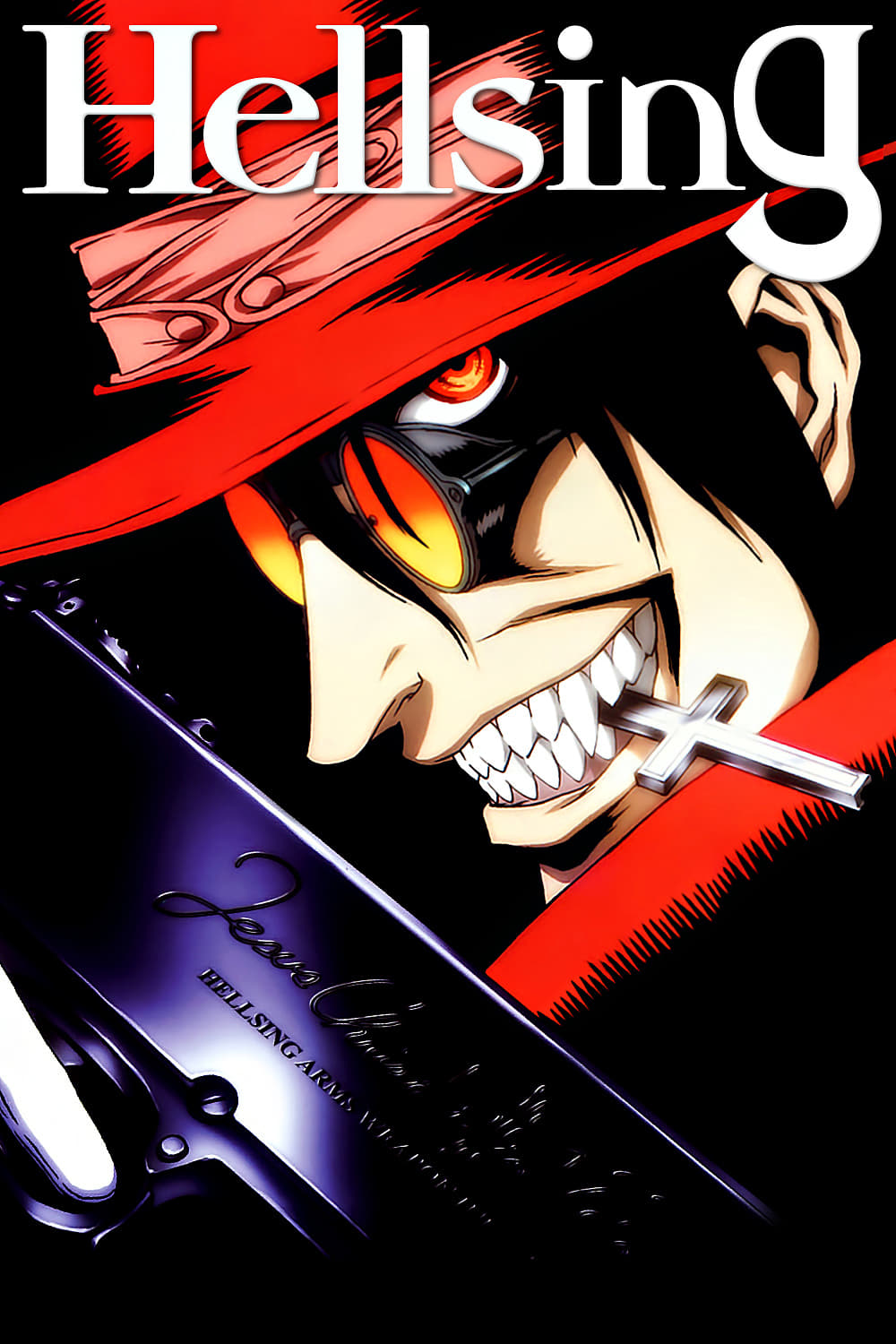
The TV series has 13 episodes and takes a different direction from the original manga after introducing the story’s key players and initial conflicts in London. It doesn’t include the larger storylines involving the Vatican and Millennium that are present in the manga.
A follow-up OVA series, released over several years, provides a more complete adaptation of the manga. If you only watched the original TV series, you can turn to the OVA or the manga to see the full story of the war.
‘The Promised Neverland’ (2019–2021)
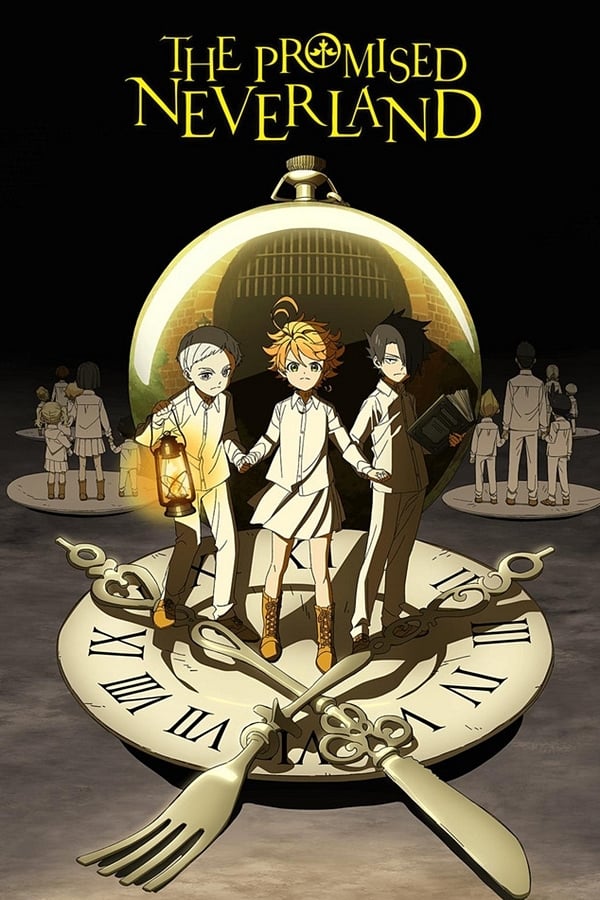
Over two seasons, the TV show significantly shortens and changes parts of the original manga by Kaiu Shirai and Posuka Demizu. It starts by showing the escape from the orphanage and establishing the world, but then quickly moves through several storylines, leaving out important places and characters.
This manga offers a complete story arc, with thorough development and a satisfying conclusion. The official book releases also feature extra content like maps, explanations of terms, and detailed information about the creatures, all of which were shortened or left out of the anime.
‘Berserk’ (1997–1998)
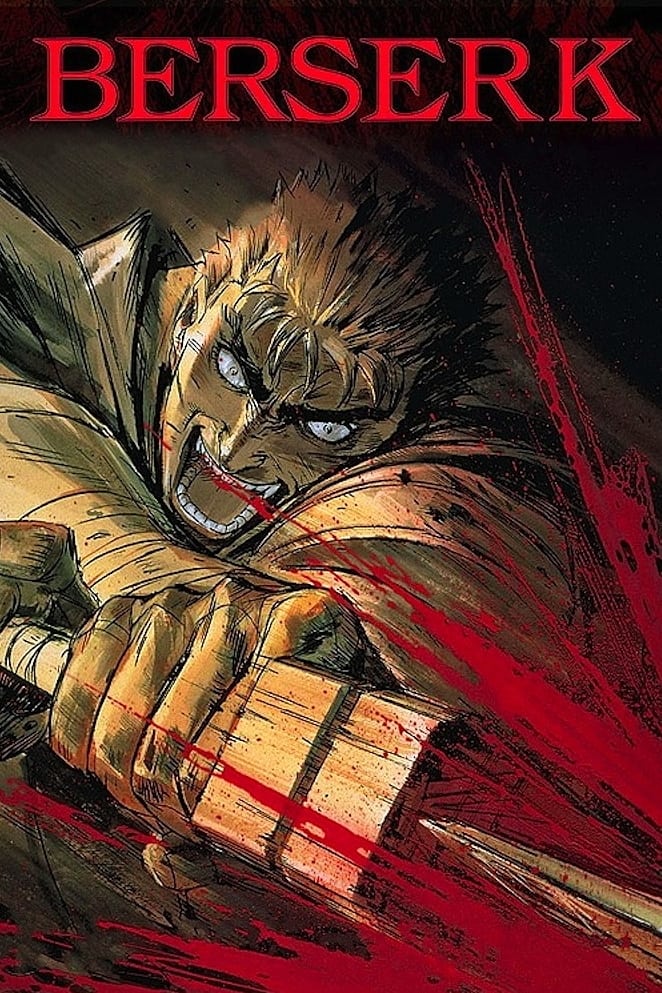
This series, often known as the Golden Age arc, adapts the story of the Band of the Hawk over 25 episodes. It ends before covering the later parts of the original manga, meaning much of the main character’s future adventures and the allies he makes aren’t included in this adaptation.
Later anime series and movies covered more of the story with varying animation styles, but the original manga still offers the most complete version. The manga’s collected volumes also provide much more detail about the world, including weapons, settings, and different groups.
‘Black Bullet’ (2014)
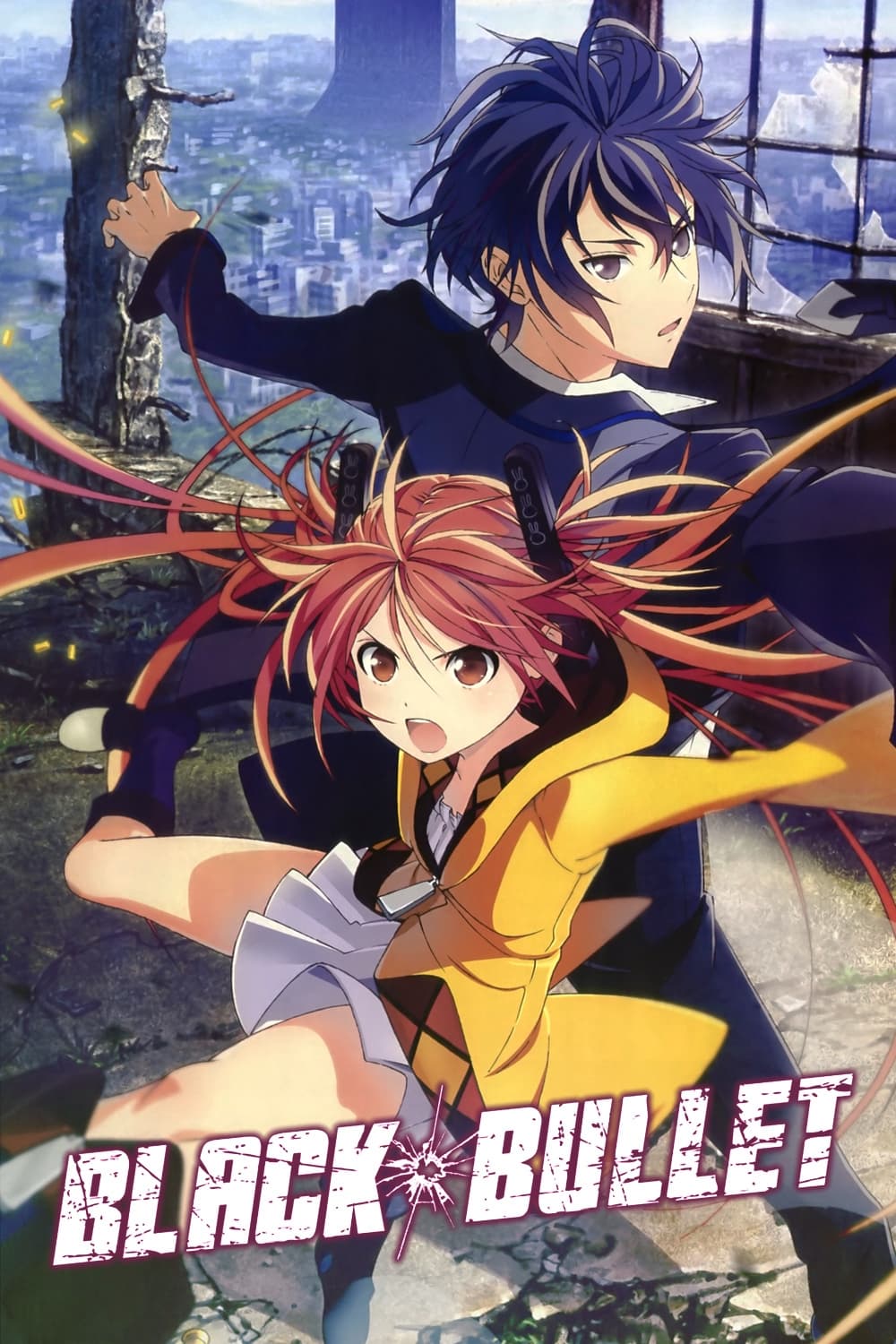
This 13-episode series is based on the first few books of Shiden Kanzaki’s light novels. It introduces the dangers of the Gastrea, explains how the Initiator and Promoter systems work, and shows how Tokyo defends itself. However, the series stops before exploring storylines from the novels that delve deeper into the political and military aspects of this world.
The light novels expand on the story beyond the TV show, exploring larger-scale conflicts, the development of new weapons, and the rankings of security teams. They also delve into the beginnings of the outbreak, giving readers a more complete understanding of the events.
‘Ouran High School Host Club’ (2006)
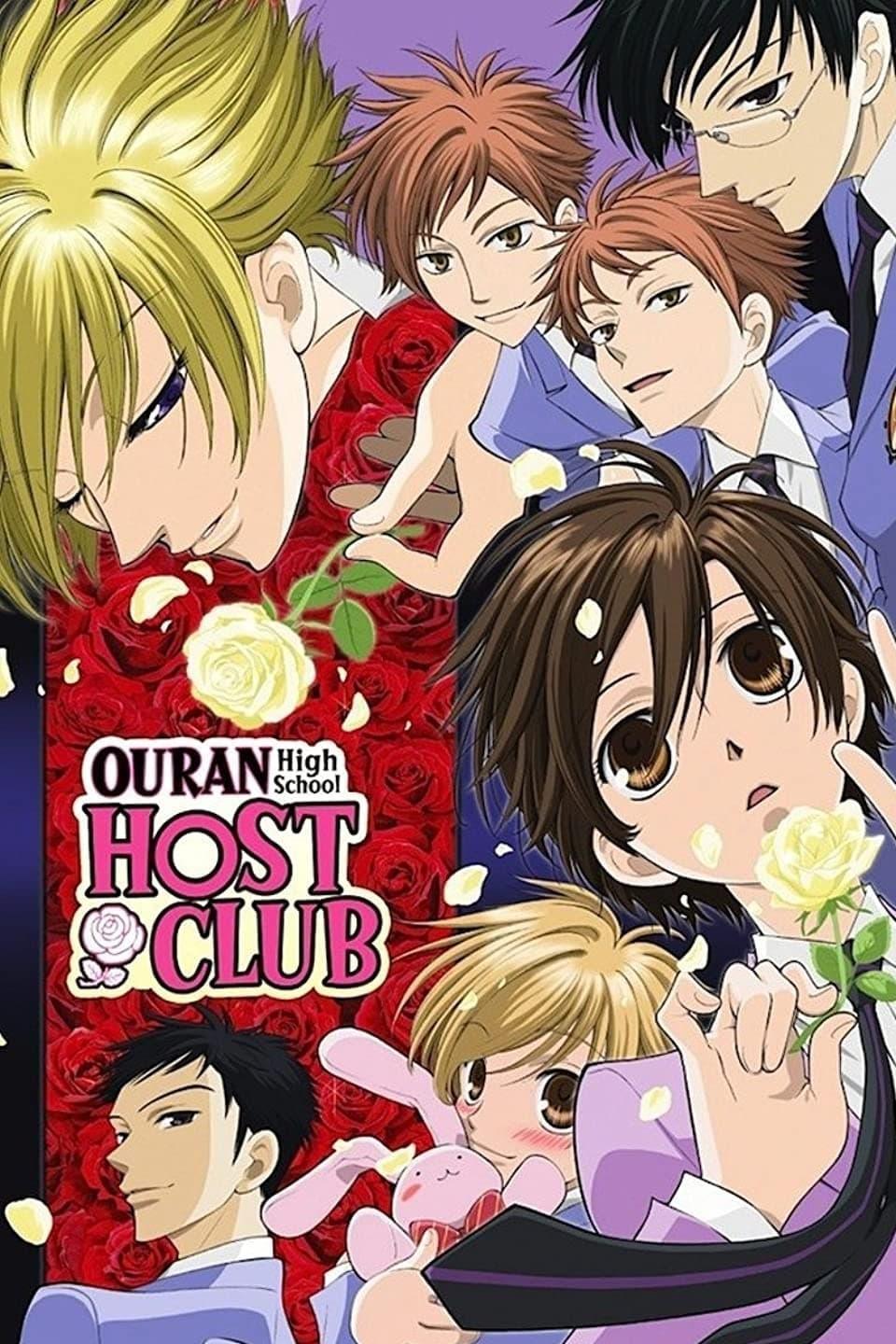
This romantic comedy series has 26 episodes and covers the beginning and middle parts of the original manga. However, it doesn’t include everything from the manga, stopping before showing how all the relationships fully develop. The show focuses on setting up the characters, their families, and what happens at school.
The original material expands with more school years and detailed character development. Extensive box sets and guides delve into character backgrounds and club lore, offering far more information than what was shown on television.
‘Hyouka’ (2012)
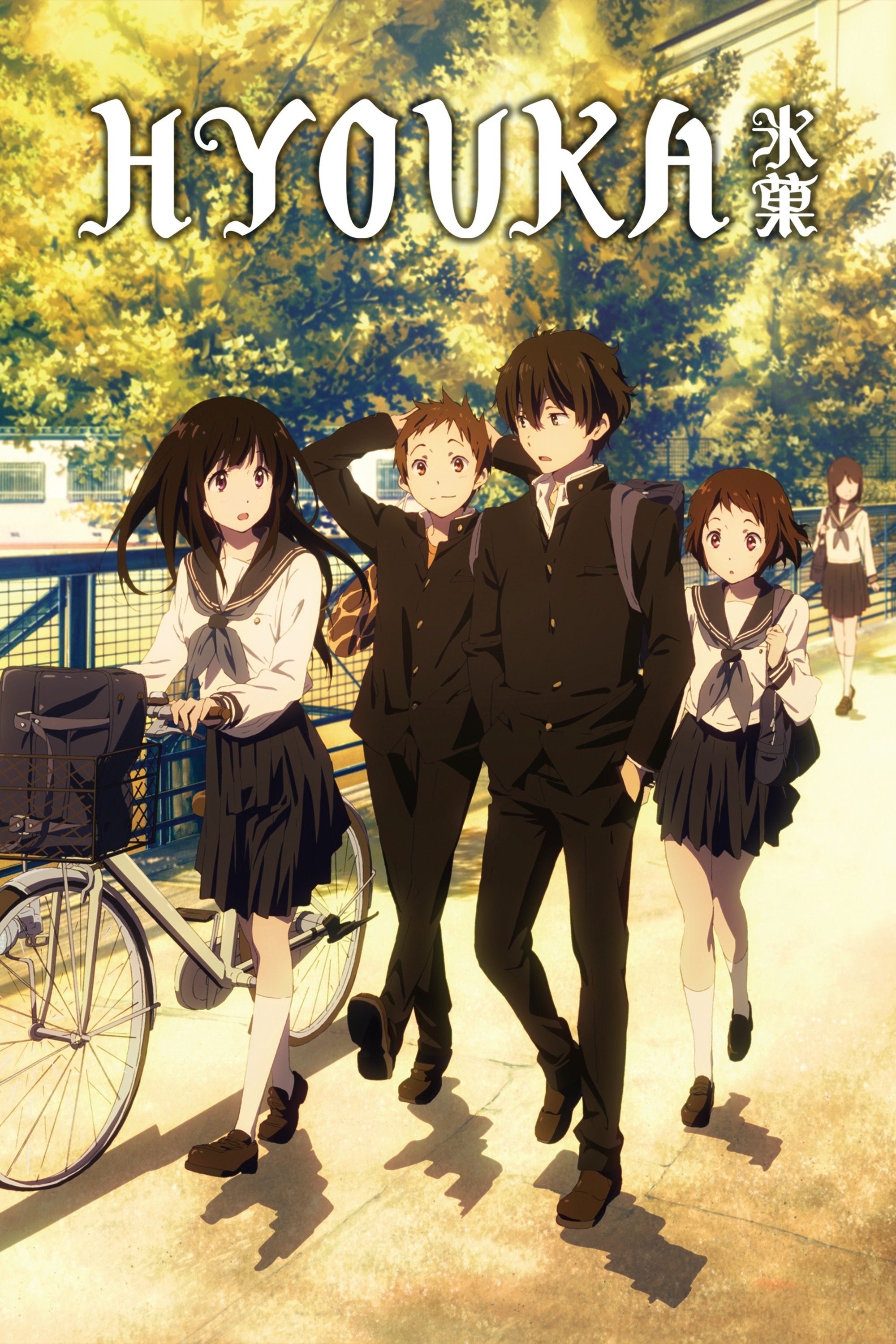
This 22-part series is based on Honobu Yonezawa’s Classic Literature Club novels, but it doesn’t include every book in the series. It features several mystery-style arcs and episodes centered around a school festival, and the story ends without covering the newer books that were published later.
The book series offers extra puzzles and delves deeper into the characters. Published editions come with timelines and information about the characters, adding to the story you see in the anime.
‘Spice and Wolf’ (2008–2009)

The anime series, spanning two seasons with 25 episodes and extras, covers only a portion of the original light novels. It primarily revolves around establishing trade routes, handling financial deals, and the main characters’ business relationship, but stops before exploring many of the later economic developments detailed in the books.
The novels expand on the world by delving into the details of how the economy works, introducing new locations, and outlining long-term business strategies. Readers get to see deals unfold, understand complex financial tools, and learn about the inner workings of guilds – details the broadcast didn’t cover. The books also include maps and extra information to help readers explore everything.
‘The Pet Girl of Sakurasou’ (2012–2013)
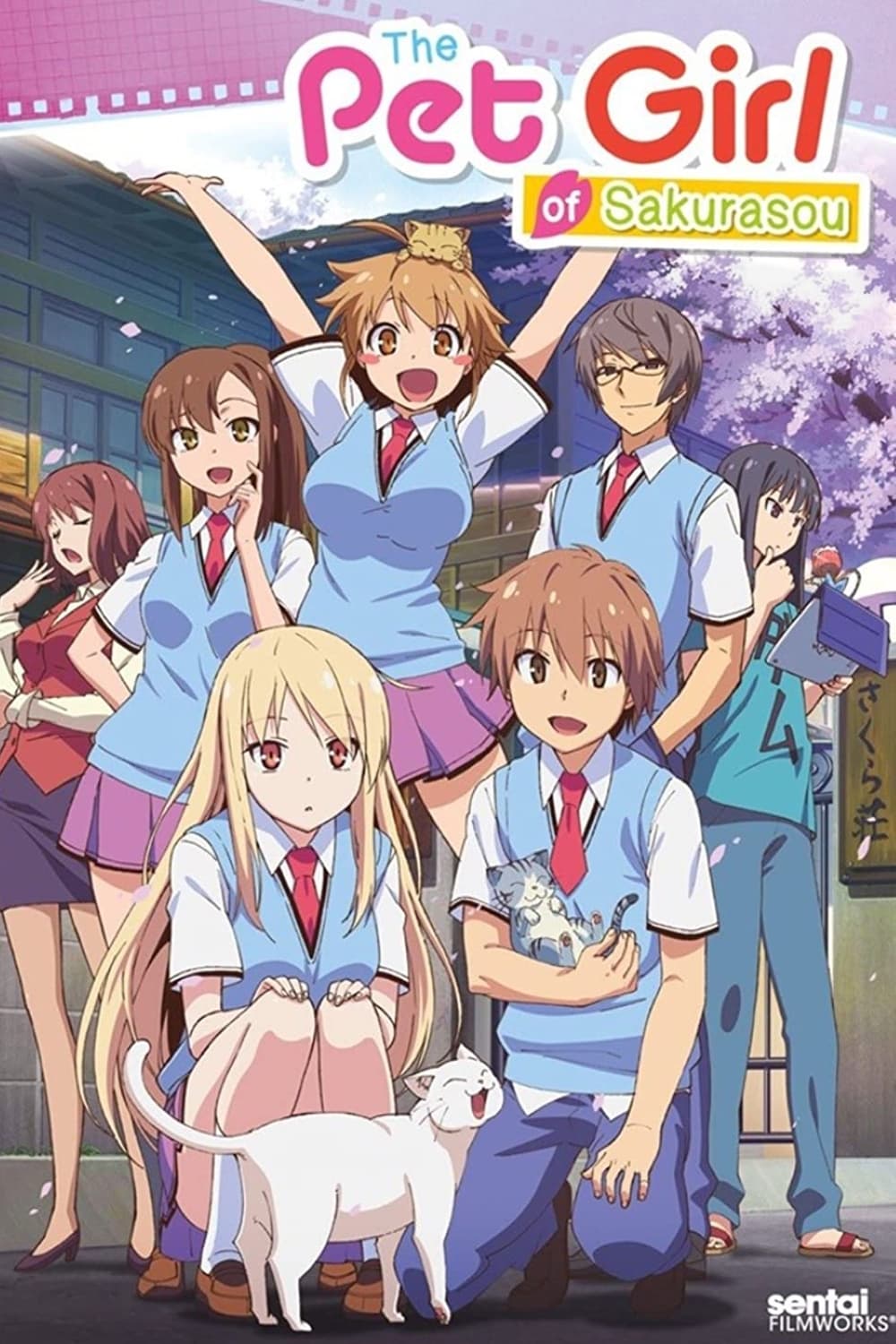
This 24-episode series is based on Hajime Kamoshida’s light novels. It follows the students through their school year, showcasing their creative work, competitions, and daily life in the dorms, but doesn’t cover everything from the original books.
The novels continue the story beyond what viewers saw on TV, showing new competitions and what happens to the characters after they graduate. Design collections and official fanbooks offer a detailed look at the creative process and timeline of the project, extending even further than the anime’s ending.
‘Nichijou: My Ordinary Life’ (2011)
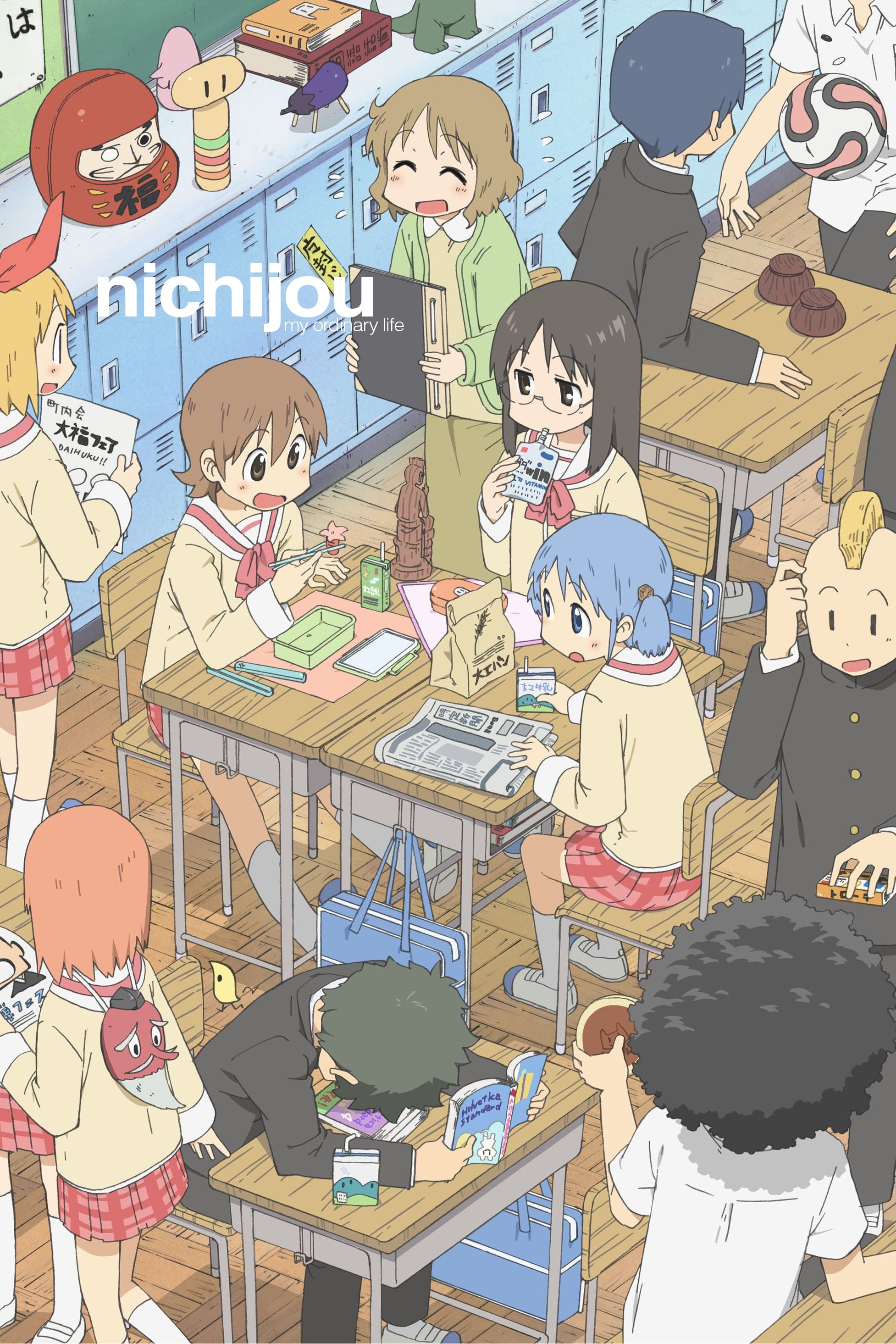
This comedy series has 26 episodes and is based on selected chapters from Keiichi Arawi’s manga. The show features stories from different parts of the manga, but it finishes before the entire manga has been adapted into animation.
This printed collection includes many stories that weren’t shown on TV, with extra jokes about school and more adventures with Professor and Nano. Books featuring artwork and complete collections help you follow the story order, understand the characters, and discover running gags that didn’t make it to the broadcast episodes.
‘Bloom Into You’ (2018–2019)

This 13-episode series adapts the first part of Nio Nakatani’s manga. It focuses on the school’s student council putting on a production and how the main characters grow, but it ends before covering the entire story.
The manga series goes on to cover the rest of the school year and finish the stories for each character, all in the printed books. These books also have extra content from the author, like notes, parts of the original script, and information about a stage adaptation, going beyond what was shown in the anime.
Tell us about any anime series you feel ended before their time, and which storylines you’d love to see finished. Share your thoughts in the comments!
Read More
- DOGE PREDICTION. DOGE cryptocurrency
- Calvin Harris Announces India Debut With 2 Shows Across Mumbai and Bangalore in November: How to Attend
- EQT Earnings: Strong Production
- Docusign’s Theatrical Ascent Amidst Market Farce
- The Relentless Ascent of Broadcom Stock: Why It’s Not Too Late to Jump In
- TON PREDICTION. TON cryptocurrency
- The Dividend Maze: VYM and HDV in a Labyrinth of Yield and Diversification
- Why Rocket Lab Stock Skyrocketed Last Week
- Ultraman Live Stage Show: Kaiju Battles and LED Effects Coming to America This Fall
- HBO Boss Discusses the Possibility of THE PENGUIN Season 2
2025-10-06 05:48